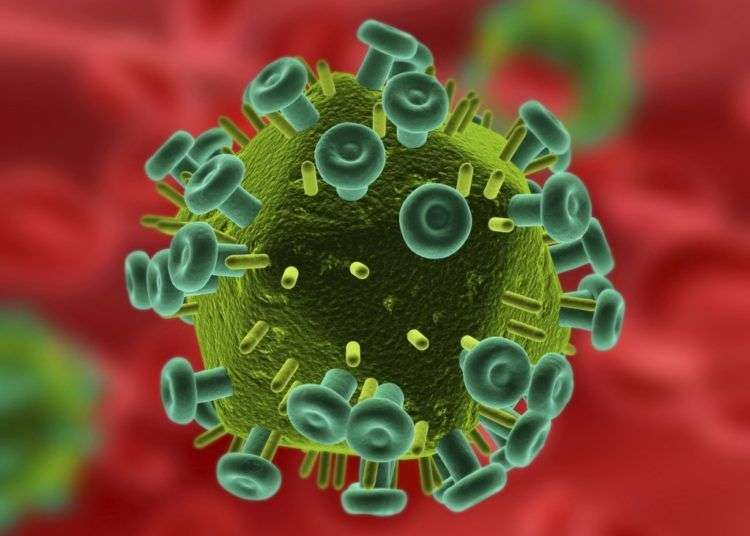By: Gabriela M. Fernández
The news of the discovery of a new strain of human immunodeficiency virus (HIV) in Cuban patients circulates these days in foreign and opposition media within the island. Until last Tuesday February 17, when state media confirmed it, most articles available online were full or partial versions of a report by the US site El Nuevo Herald, where the advent of recombinant variant CRF19_cpx of the virus relates to the accelerated development of AIDS in a group of patients.
The Institute of Tropical Medicine in Cuba Pedro Kouri (IPK) conducted research that identified the strain together with the Laboratory of Clinical and Epidemiological Virology of the Catholic University of Leuven in Belgium. The survey results are available in an article published in the journal EbioMedicine. The reason for this binational research was to determine the causes of the rapid progress of the disease in a group of patients on the island.
The HIV known variant usually take 10 years to develop into the disease, however, people were diagnosed in Cuba who showed symptoms of AIDS in the first three years of exposure to the virus. The scientific explanation is that, when the virus makes its first entry into the body, have access to a protein called CCR5 on the cell membrane. Eventually, the virus can reach another membrane protein called CXCR4, which enables the virus to enter the cell and continue the infection to develop AIDS. With the presence of the new strain, this process occurs much faster.
The way in which the CRF19_cpx variant was found posed a bioethical problem: the group of people who were part of the study had not received antiretroviral therapy, according to the published article. The analysis performed on the 52 people identified with “accelerated development” of the virus was tested with two test groups, one composed of positive HIV still showed no AIDS (21 people) and another for chronic patients with known virus variant (22 people). In total, 95 patients were analyzed in the study, whose last blood sample was taken in 2008.
Vivian Kouri, director of the Laboratory for Sexually Transmitted Infections of the IPK, told El Nuevo Herald by email that patients who quickly developed the disease, “some had recently diagnosed therefore not expected to be developing AIDS as quickly and in some cases the diagnosis practically coincided with the time in which patients marked AIDS.”
While the Belgian part of the study told the Herald that they had nothing to do with the selection and treatment groups: “We only perform laboratory tests,” said Dr. Anne-Mieke Vandamme, project director.
Dr. Kouri argued that “samples of patients with chronic AIDS were collected just at the time that they would initiate therapy” and most were cases that had some “opportunistic disease with CD4 count above 350 cells-that is, marked AIDS opportunistic disease and not by CD4-that was when ARV therapy [antiretroviral] began in Cuba at the time of the study “.
La respuesta oficial de Cuba llegó a los medios en la noche del 17 de febrero. El Noticiero Nacional cubano publicó la noticia de la aparición de la variante recombinante CRF19_cpx del VIH. La doctora Kouri explicó a la televisión que esta cepa fue originaria de África, pero ya ocupa el tercer lugar en frecuencia entre los casos detectados en la Isla. Además, señaló que ninguno de los pacientes –con cualquier subtipo viral- se asoció con una resistencia mayor a los tratamientos retrovirales. En otras palabras, todos los casos “tenían la posibilidad de que la terapia fuera efectiva”.
Una de los factores más peligrosos que tiene esta nueva cepa resulta el hecho de que muchas veces los infectados comienzan a presentar síntomas incluso antes de ser diagnosticados.
Cuba gasta alrededor de 150 millones de dólares al año en los programas de lucha contra el SIDA y mantiene una de las tasas de infestación más bajas de la región, lo cual implica a la larga un mayor ahorro, según explican los especialistas cubanos.
También existen campañas de sensibilización promovidas por el Ministerio de Salud Pública para la promoción del uso de preservativos en jóvenes y adultos de cualquier orientación sexual e, incluso, a mujeres y hombres casados, debido a la alta tasa de infección por esa vía.










